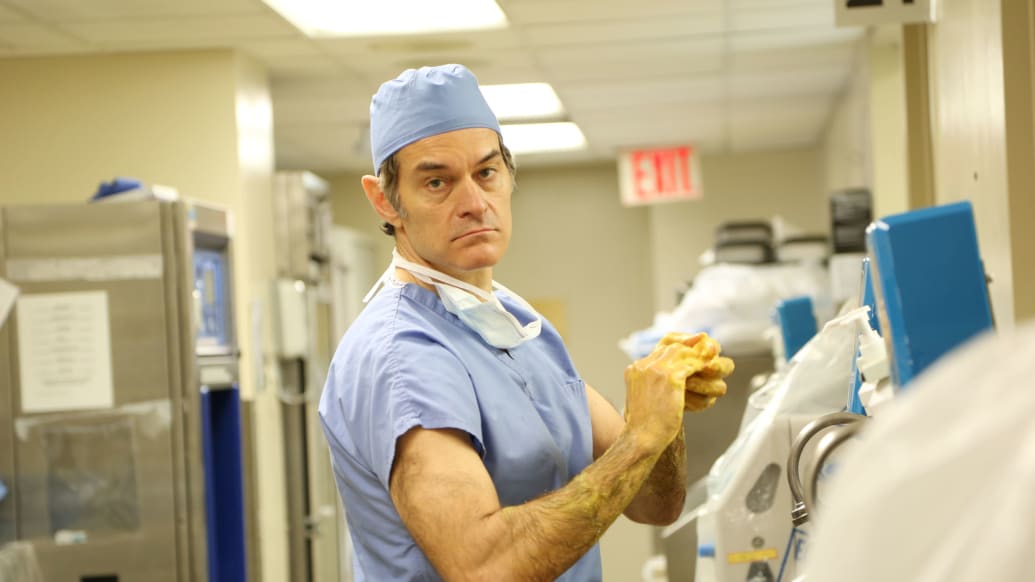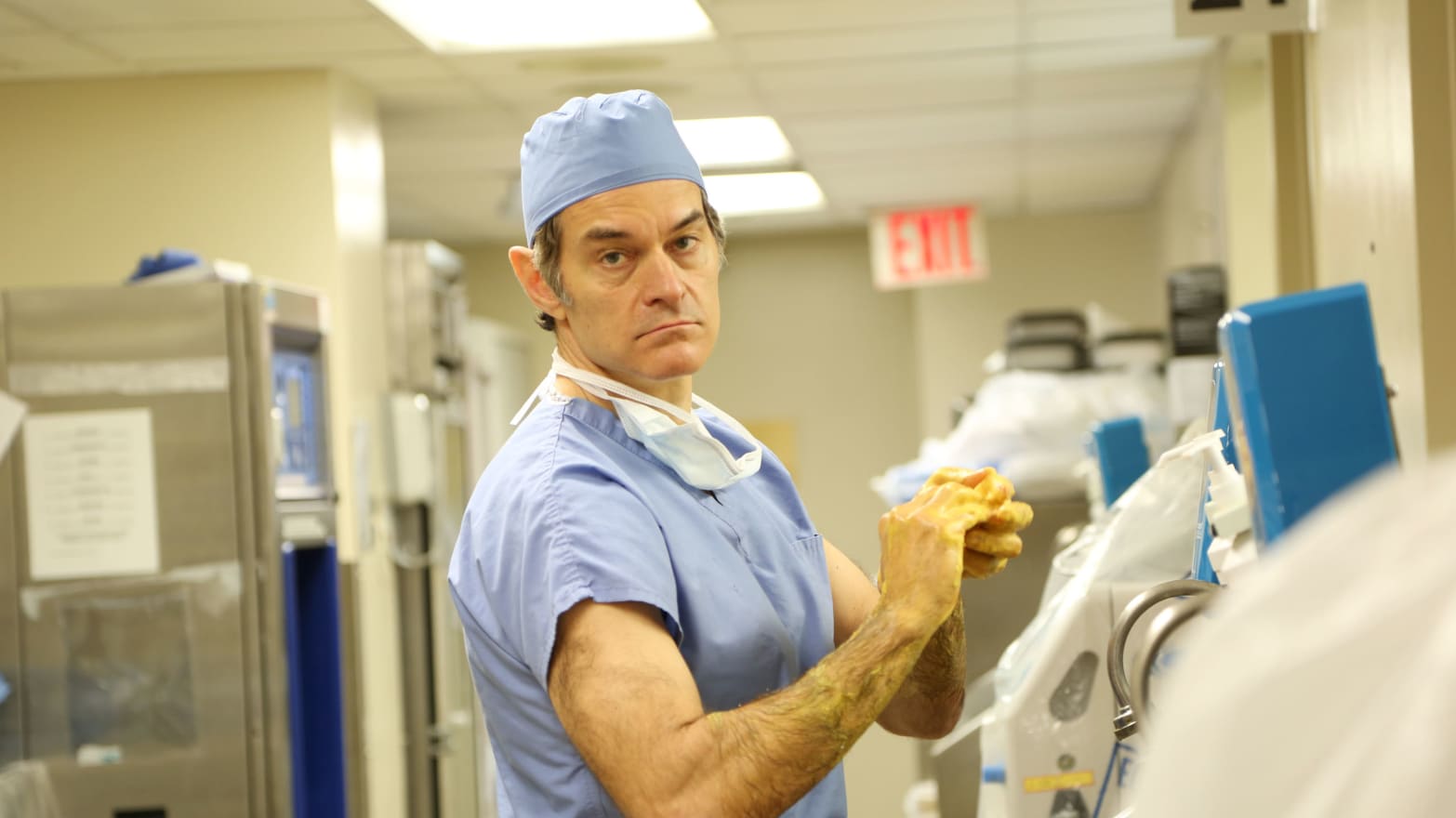I am no great fan of medical dramas.
ER came out when I was in medical school, and I liked it before I knew better. Sadly, it didn’t take me long before I started picking apart the various problems with its approach to medicine. (There were a lot of problems.) These days, within about ten minutes of watching any show with a medical setting I’m yelling at my TV. From House to Private Practice, every time I’ve caught a random episode I’ve found them laughably unrealistic.

ABC’s NY Med has proved the exception. It helps that it features real doctors and nurses taking care of real patients, as opposed to a cast of telegenic actors going through the motions. Other than yelling once at someone doing bad chest compressions during one of the early episodes of the new season (which, in fairness, was still better than what you’re likely to see performed in medical dramas—actors doing fake CPR are hilarious), the program finds a good balance between emotional tension and straightforward medical care.
Rather than the usual constantly-upped ante that lures viewers to most primetime offerings, tonight’s season premier presents a balance between high-stakes, high-risk cases and the less thrilling but nonetheless important elements of patient care. Sure, there’s the young actor with the dissecting aortic aneurysm and the family man with young children and a spinal tumor, but we also spend time with a urology resident as she helps various men return to the happy business of getting erections. Yes, there are tense moments in the emergency department and operating room, but we also see banalities of medical life like that same resident getting condescended to by her attending surgeon. (Condescension is as much a part of a resident’s life as oxygen.)
In addition to the vagaries of penile pump insertion and a cautionary tale about the importance of sunscreen, the second season’s first episode treats us to one Dr. Mehmet Oz delivering patient care instead of shilling various worthless weight-loss remedies. I can’t say I found his bedside manner particularly reassuring, watching as he stood at the bedside of the man with the aneurysm. However, I will freely admit that my on-the-record antipathy for the cardiothoracic surgeon may have biased me against him, and others might view him more sympathetically.
The program’s strongest moments are the ones that show the patients as people, not mere diagnoses or subjects of treatment. By the time we are left waiting with the wife of the man whose spinal cord tumor threatens his very ability to breathe, anxious as he undergoes surgery, we have been given a clear picture of how much love and concern she has for him. The family members of the young Marine waiting for a heart transplant in a later episode paint a similar picture. Medicine is about taking care of human beings, surrounded by loved ones and removed from their real lives to spend time in an unfamiliar and frightening place. However jaded I might be, I still found my throat tightening as I hoped for the best, watching everyone struggling to be brave.
If there is one weakness to the show, it is its reliance on the “patient has life-changing moment of insight” note. While in several cases the people involved genuinely appeared to find their medical crises transformative, in others there seemed to be an effort to create this effect that ended up feeling contrived and perfunctory. One unresponsive patient is brought to the ED, and we never really get an explanation for what’s transpired or why the experience was given a life-changing spin.
Thankfully, the humanity of not just the patients, but also the doctors and nurses caring for them provide an antidote. Dr. Debbie Yi’s sardonic reaction in the second episode to a patient’s suspected cigarette break moments after she’s talked to her about quitting had me nodding my head in wry recognition. While I can’t say I found every moment of patient care handled perfectly (I would suggest a more empathetic approach to the resident who treated the victim of sexual assault), I was glad to see doctors generally depicted as the competent and compassionate professionals I know us to be.
While my favorite moment was briefly seeing an old friend from residency (I trained in New York City, though not at the hospitals featured), a flash of recognition sufficient to keep me looking forward to future episodes, I liked the program far more than I thought I would. Watching medical providers providing medical care feels a bit like the televisual equivalent of a busman’s holiday, but the program manages to capture the mix of drama and mundanity that is the real life of a hospital and its workers. It was a place I recognized, far more appealing than the polished theatrics of scripted versions. With the exception of Dr. Oz, none of the doctors or nurses have much hope of being TV stars, and none seem to have that as their goals. They’re there to take care of patients, which is a job that’s worth watching after all.

